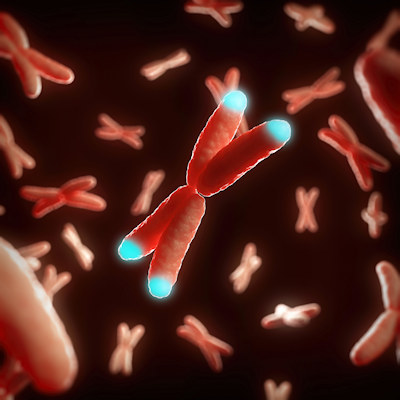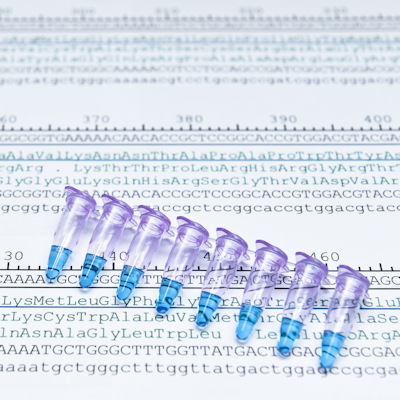October 28, 2022 -- Researchers have developed a programmable RNA-sensing technology that triggers the production of a payload protein when it encounters specific cell types, with potential applications in diagnostics and therapeutics.
The project, details of which were published October 27 in the journal Nature Biotechnology, builds on single-cell sequencing studies that have revealed an array of cell types and states. Sequencing transcriptomes has shown the diversity of cells in the body, but researchers have lacked the tools to manipulate specific cell types and states, thereby limiting the translation of the knowledge into new diagnostics and therapeutics.
To address the gap in the research toolkit, scientists at the Broad Institute of Massachusetts Institute of Technology (MIT) and Harvard and the McGovern Institute for Brain Research at MIT developed a system capable of detecting a particular RNA sequence in live cells and producing a protein in response.
The system consists of an RNA with two parts. The first part is a guide region that binds to RNA that is found in the cells targeted by the researchers. The second part is a payload region that encodes a protein of interest, such as a fluorescent signal or a cell-killing enzyme.
When the guide region binds to RNA, it causes the production of a short double-stranded RNA sequence. The sequence contains a mismatch between two bases in the sequence. By putting the mismatch within a "stop signal," the researchers prevent the production of the payload protein unless the guide RNA has bound to the target RNA.
After binding, the production of the sequence containing the mismatch attracts a naturally occurring family of RNA-editing proteins called adenosine deaminases acting on RNA (ADARs). The ADARs edit and inactivate the stop signal and thereby enable the production of the protein. The process ties production of the protein to the presence of target RNA, thereby enabling the sensing and targeting of certain cells.
"We think this is a really interesting paradigm for controlling gene expression. We can't even anticipate what the best applications will be. That really comes from the combination of people with interesting biology and the tools you develop," Fei Chen, PhD, a core institute member at the Broad and co-author of the paper, said in a statement.
In theory, the technology could enable the detection and targeted destruction of cancer cells or editing of the genomes of specific cells. Chen and his collaborators explored some applications in the paper showing the technology -- which they dubbed RADARS (Reprogrammable ADAR Sensors) -- can distinguish between kidney, uterine, and liver cells and trigger production of the enzyme caspase that kills cells.
The authors claim to have achieved a two hundred seventy-sevenfold improvement in sensor activation and to have engineered RADARS with diverse cargo proteins, including luciferases, fluorescent proteins, recombinases, and caspases, enabling detection sensitivity on endogenous transcripts expressed at levels as low as 13 transcripts per million. They contend that their paper demonstrates that RADARS are functional as either expressed DNA or synthetic mRNA and with either exogenous or endogenous ADAR.
"We wanted to ask how we could manipulate cellular identities in a way that was as easy as editing the genome with CRISPR," Jonathan Gootenberg, PhD, a McGovern Institute Fellow and co-corresponding author, said in a statement. "And we're excited to see what the field does with it."
Copyright © 2022 scienceboard.net









